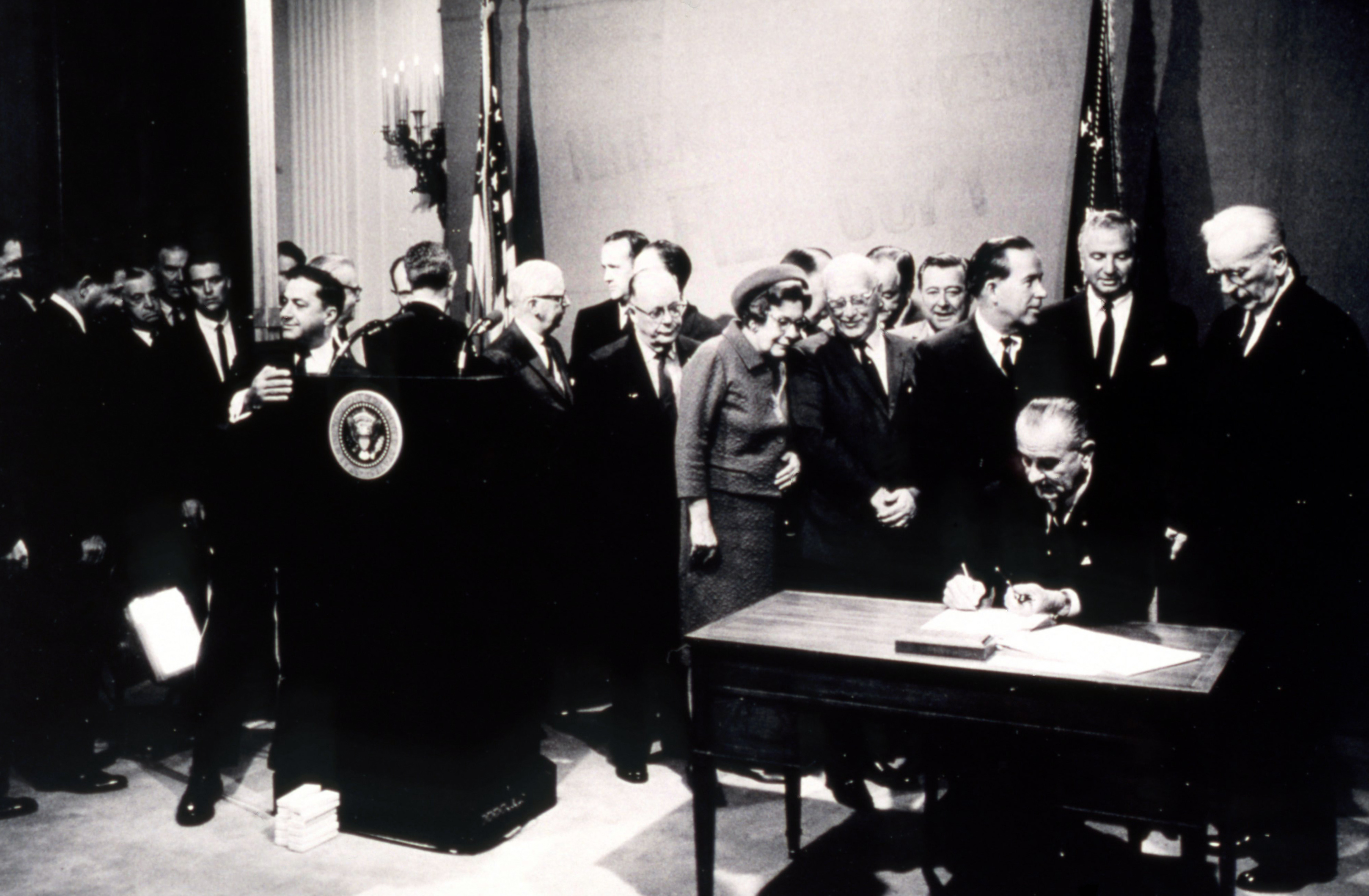The NTSB’s origins can be traced to the Air Commerce Act of 1926, in which the US Congress charged the US Department of Commerce with investigating the causes of aircraft accidents. That responsibility was transferred to the Civil Aeronautics Board’s Bureau of Aviation Safety when it was created in 1940.

In 1966, President Lyndon Johnson signed the Department of Transportation Act that created the NTSB (source: USDOT).
In 1967, Congress consolidated all US transportation agencies into a new US Department of Transportation (DOT) and established the NTSB as an independent agency within the US DOT. In creating the NTSB, Congress envisioned that a single organization with a clearly defined mission could more effectively promote a higher level of safety in the transportation system than the individual modal agencies could working separately. Since 1967, the NTSB has investigated accidents, crashes, and other events in the aviation, highway, marine, pipeline, and railroad transportation modes, as well as those related to the transportation of hazardous materials. NTSB has also been involved in commercial space investigations for more than 30 years..
In 1974, Congress reestablished the NTSB as a separate entity outside the US DOT, reasoning that “no federal agency can properly perform such [investigatory] functions unless it is totally separate and independent from any other . . . agency of the United States.”
Because the US DOT has broad operational and regulatory responsibilities that affect the safety and efficiency of the transportation system, and transportation accidents may suggest deficiencies in that system, the NTSB’s independence was deemed necessary to provide objectivity in its investigations and recommendations.
Since our inception in 1967, the NTSB has investigated more than 153,000 aviation accidents and thousands of surface transportation events. On call 24 hours a day, 365 days a year, our investigators travel throughout the country and to every corner of the world in response to transportation disasters. The NTSB investigates accidents and events to determine their probable cause, examine safety issues, and develop recommendations to prevent similar accidents and events in the future. We have issued more than 15,500 safety recommendations to more than 2,470 recipients in all transportation modes. The recommended action has been implemented for 82 percent of the over 12,700 recommendations that have been closed. The agency also develops safety research studies focused on broader safety questions and topic areas, enabling us to better perform our mission.
2017 - NTSB Marks 50 Years of Saving Lives with Timeline
Updated August 20, 2024